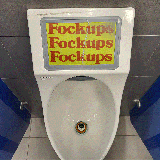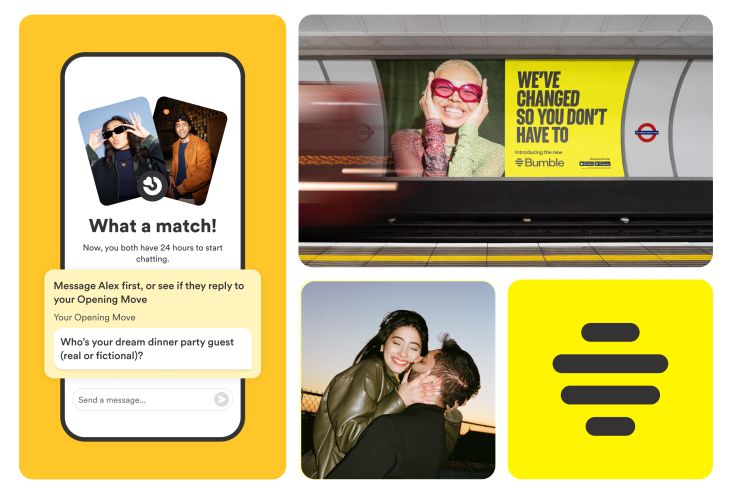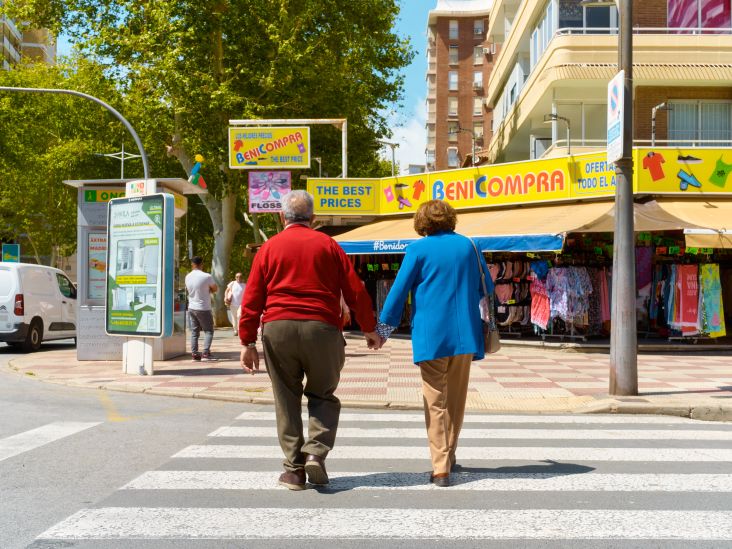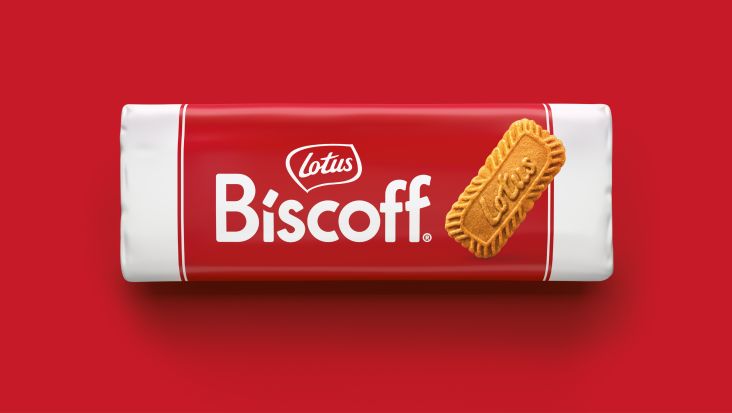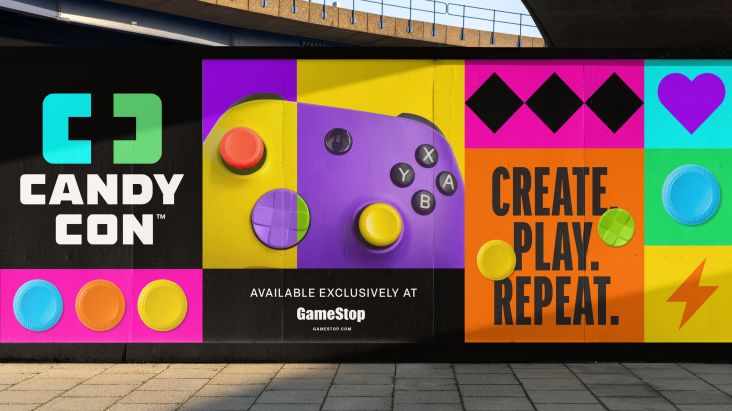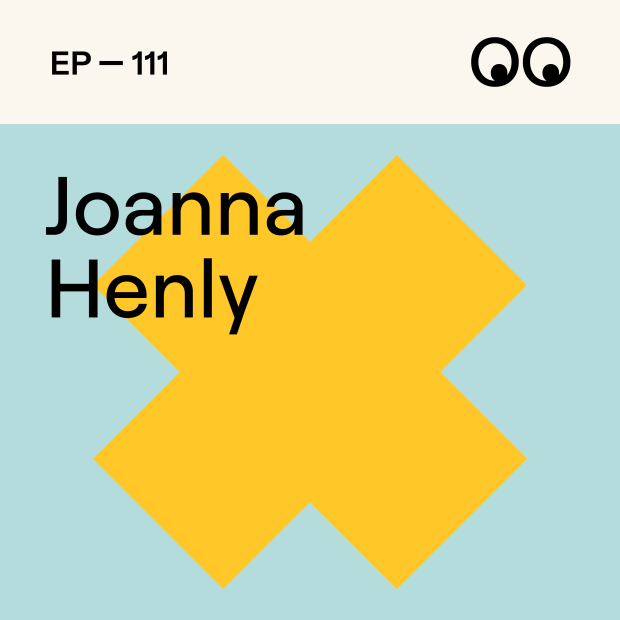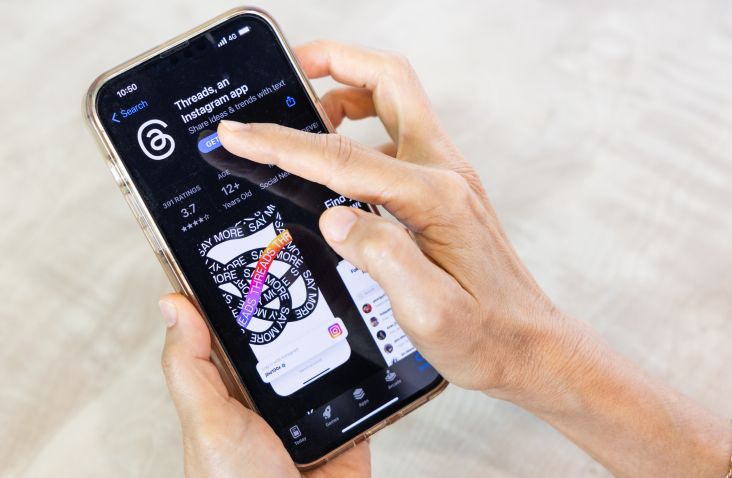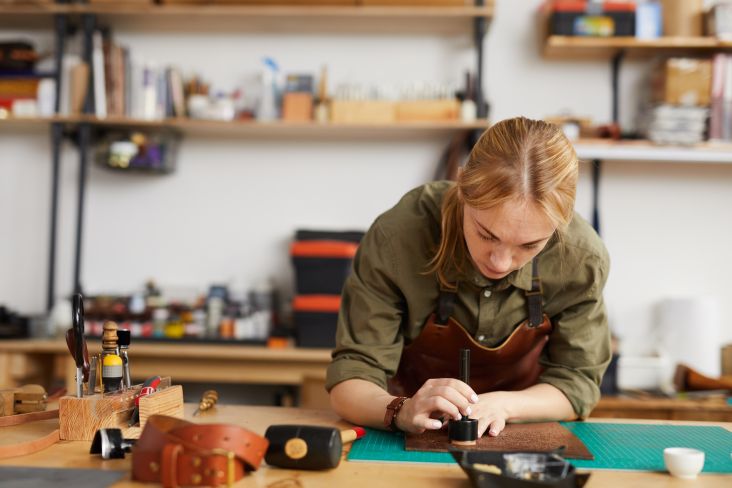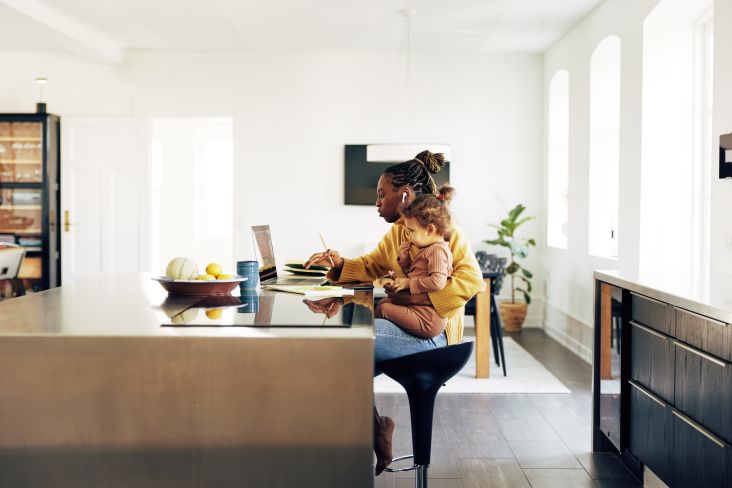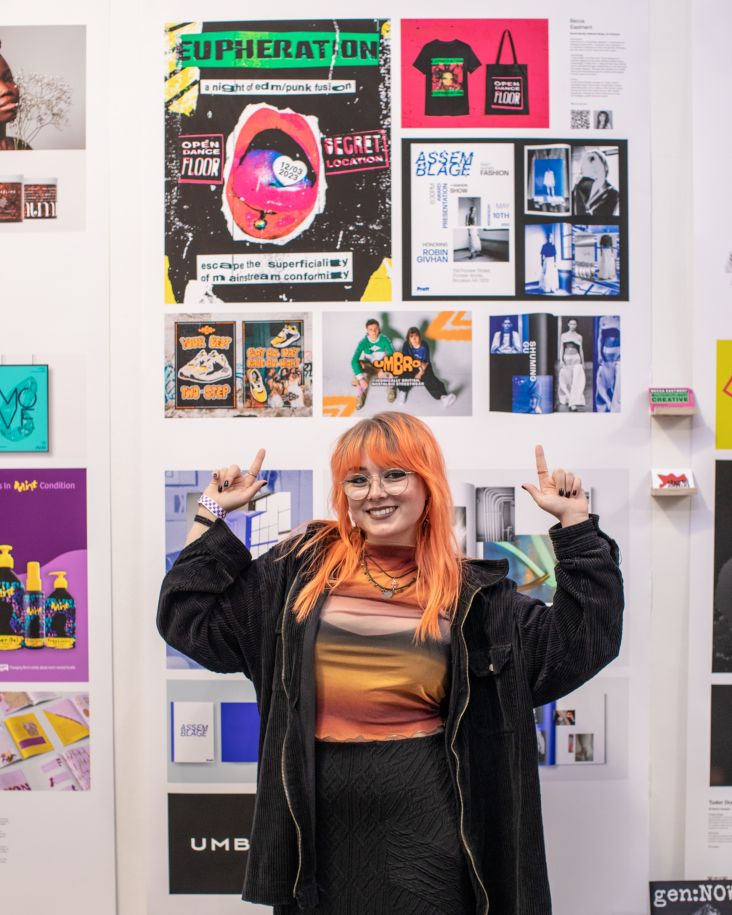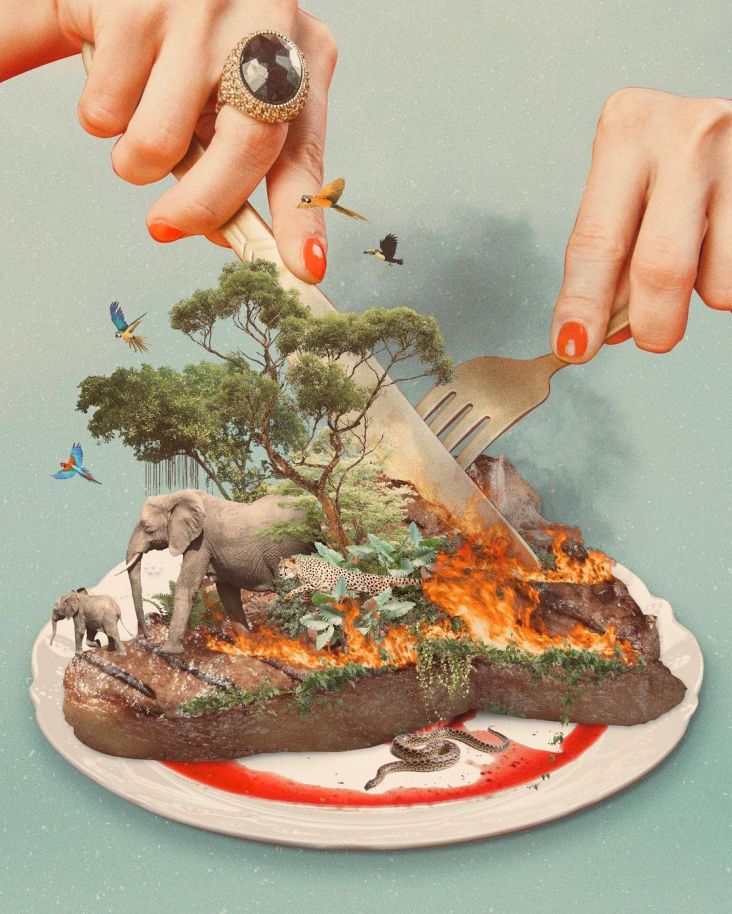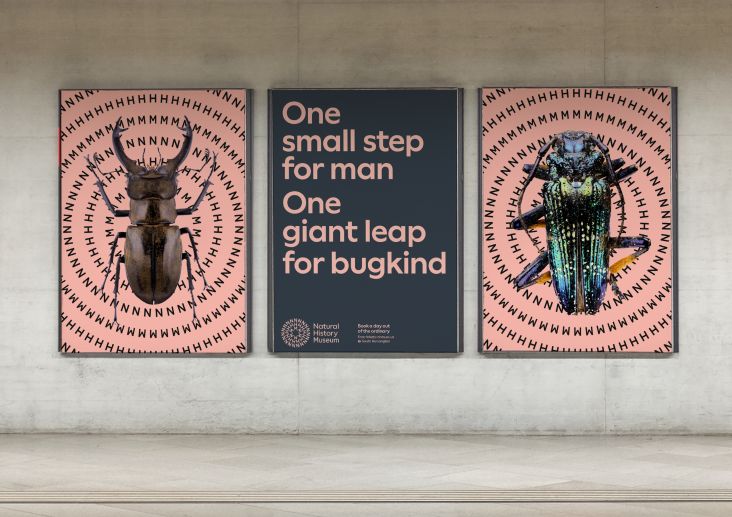Annie Frost Nicholson invites you to dance away your blues in her new micro disco
Multidisciplinary artist Annie Frost Nicholson tackles mental health through the medium of dance with Fandangoe Discoteca, a joyful art installation where you'll be encouraged to boogie your blues away in her specially-designed miniature disco.
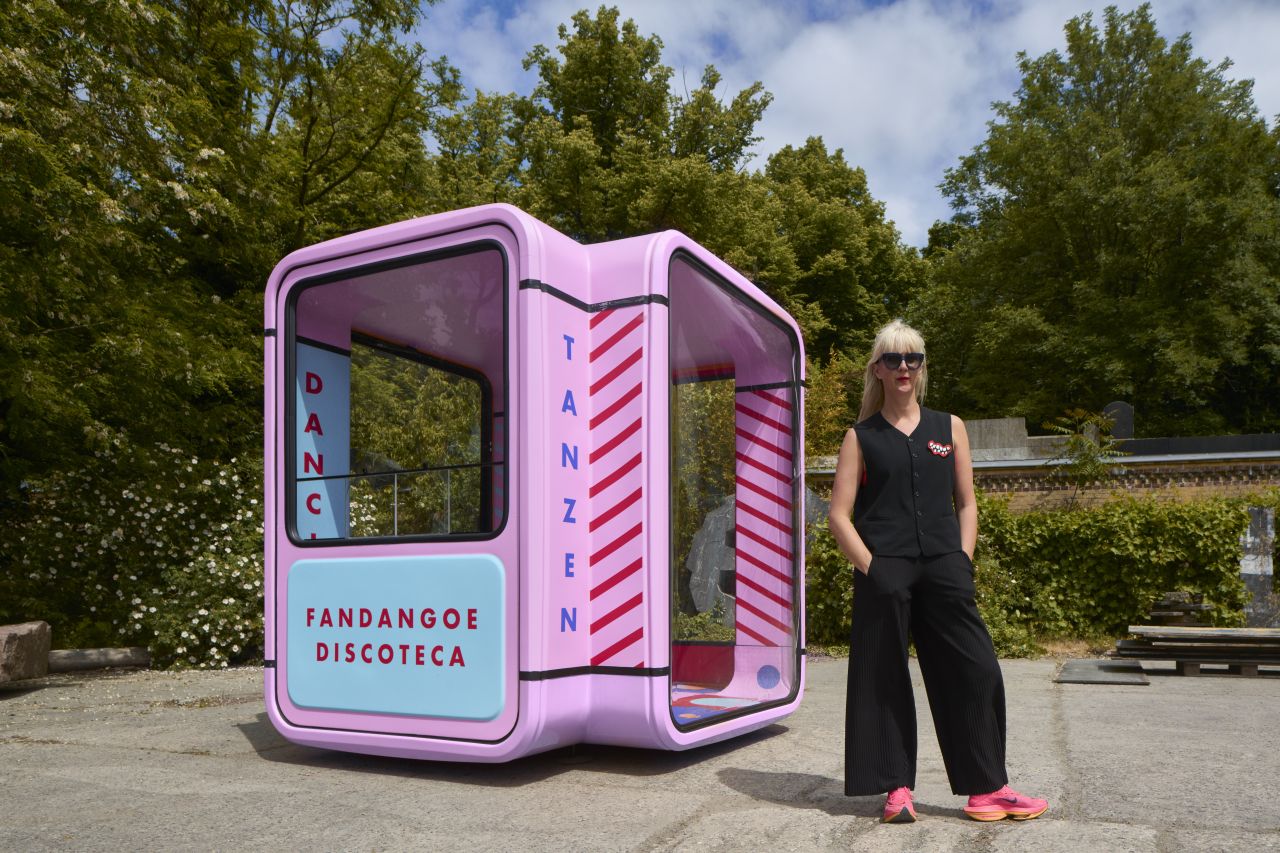
Photography by Joe Clark
Appearing as part of Festival 14 at Canary Wharf between 26 and 30 July, Fandangoe Discoteca is a refurbished K67 micro-kiosk that members of the public can hop into and dance away their grief.
Featuring alongside a touring series of Grief Raves, the festival's programme (curated by Carly Attridge of The Loss Project) also includes therapeutic workshops, events and activities.
Made possible with support from National Lottery Community Funding, Fandangoe Discoteca has been designed to respond to the traumas we have all lived through in recent years: Brexit, the climate crisis, the pandemic, take your pick. In fact, Annie believes this culmination of catastrophes has made people process grief differently.
"Carly, founder of The Loss Project (who develops all of the public programming for the project in its various locations), and I have been working together on public realm installations for a couple of years now, exploring the various intersections of grief, and we have listened closely to the public and how they wish to engage," Annie tells Creative Boom.
"There has been a distinct shift in how the public wish to engage with grief in 2023, compared to the immediate post-pandemic engagement, where people were desperate to verbalise their experiences, post lockdown.
"Now, several years later, as we navigate the past years of post-pandemic living and global politics, the public feeling seems to have distinctly shifted to needing a non-verbal release, and dancing and movement therapy appears to be a very popular response."
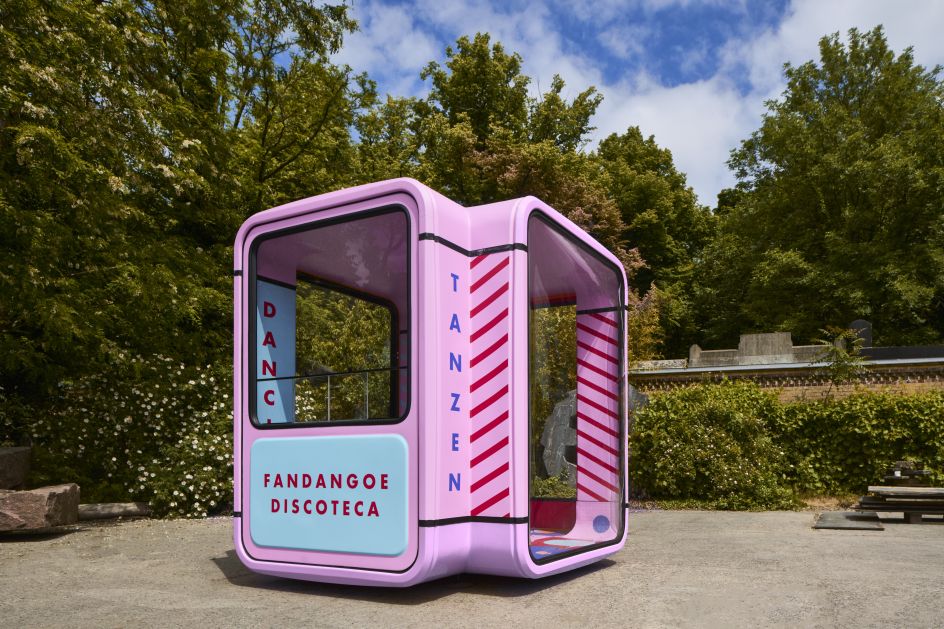
© Joe Clark
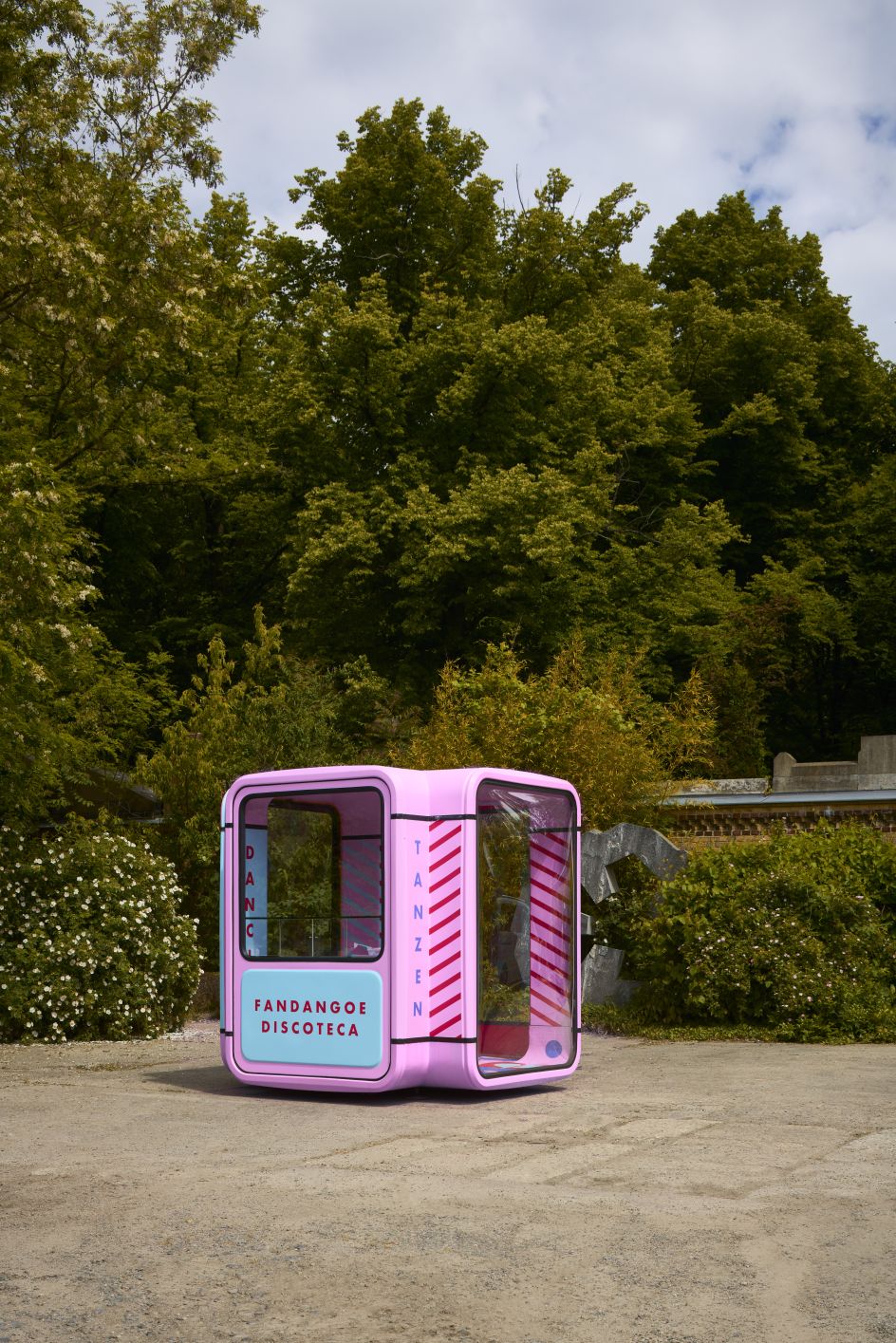
© Joe Clark
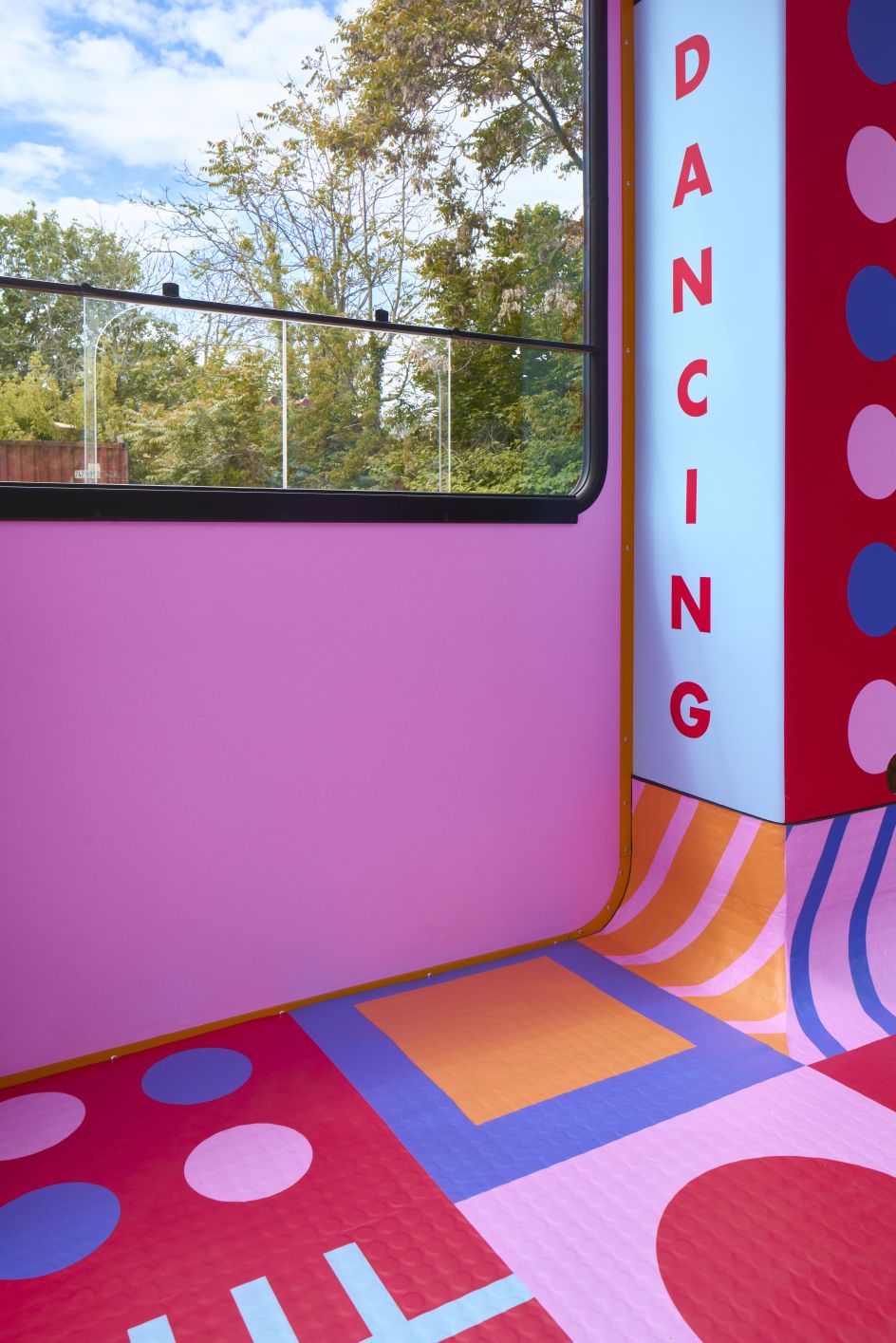
© Joe Clark
Conversations surrounding mental health are renowned for being difficult. And Annie agrees that we are still "growing a language around mental health and grief" in this country. To this end, dance offers a suitable alternative means of communication for those topics we find hard to tackle head-on.
"Culturally, this is still very much a WIP in the UK, we really aren't there yet, and that can be very isolating if you're going through something complex that affects your mental health, which grief obviously does," says Annie. "Dancing is another way to be together and collectively advocate for good mental health while giving people the space and agency to safely explore a complex feeling within their own parameters.
"The experience of coming together for a Grief Rave, for example, may also lead to participants chatting and stepping out of their comfort zone or sharing their story with a stranger. But it's not expected, and like everything we offer, it's not prescriptive; it's just an offering from a team who know grief and have listened to the public consciousness and responded with a Mini Disco!"
Speaking of the disco itself, the kiosk has built-in lighting and a sound system, plus space to hold small groups of up to eight people. The festival programme is also built around space and encourages solo and group dances. "You feel like you're removed from the stress of the outside world once you get inside the Discoteca," adds Annie, "it's a very sensory space!"
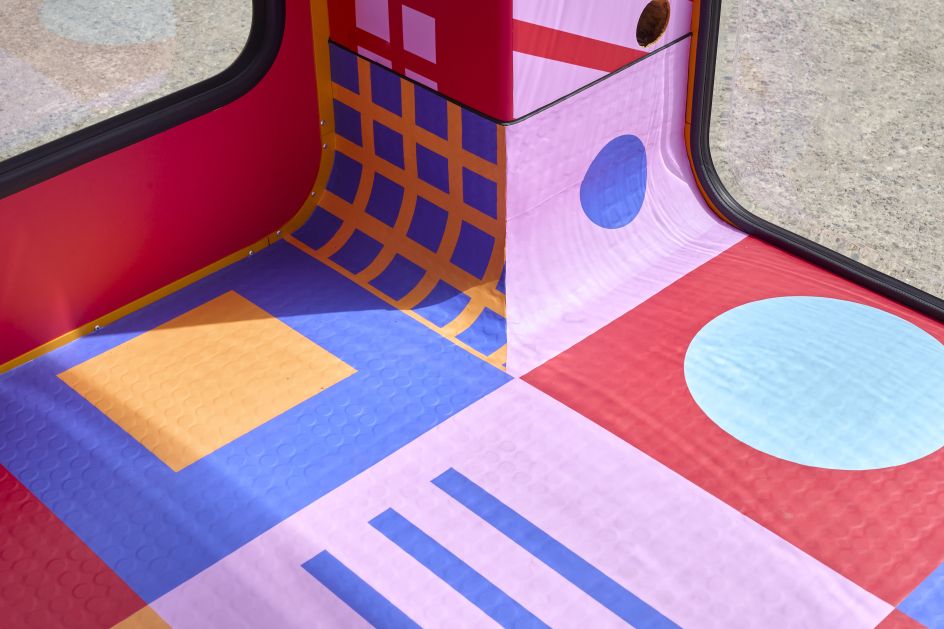
© Joe Clark
The online archive of Discoteca, titled 'Playlists For These Interesting Times' will be piped into the kiosk and is made by artists, writers and thinkers such as Raissa Pardini, Paul Gorman, Lara Haworth, Linett Kamala, Harris Elliot. The public will be able to engage with the music on a solo level, while the Grief Raves encourage people to share songs and stories about grief. "This can be grief of any kind, not only bereavement but climate grief and political grief – losses and changes of all kinds that prompt an experience of grief in its widest sense."
As for using a K67 kiosk, this piece of iconic modernist design was something of a no-brainer for Annie. "The K67 is an architectural masterpiece, and I realised in my early drawings of the space that I was really inspired by a modular shape," Annie reveals.
"I unknowingly found an image of one of the kiosks from the 60's on the internet, and once I started to do a little bit more research, I discovered About Space/K67 Berlin, who restore the original kiosks. When they came back to me over email and liked the project, I was over the moon.
"I was lucky enough to meet kiosk designer Saša Mächtig in Berlin during a visit to the city for the production of the Discoteca, and he was very happy to see the piece being used as dance space in this way. He told us that he loves a dance!"
As well as being functional, the history of the kiosks in former Yugoslavia is an essential part of this project's story for Annie. "Many people who lived through this era have fond memories of the kiosks as a way of bringing people together in so many forms. We are very keen to take the project to Slovenia in particular, where Saša is from."
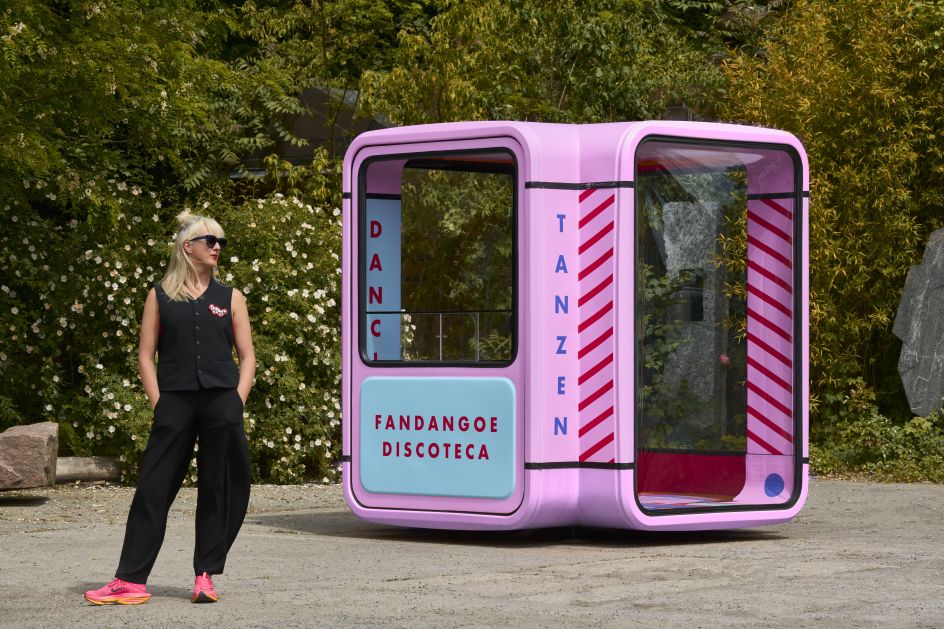
© Joe Clark
When refurbishing the kiosk, Annie decorated it with her signature blend of bright colours and eye-catching designs. "There has always been a fascination with combining colour and language in my work: I enjoy how they intersect as my practice unfolds," she reveals.
"I've always loved Jenny Holzer, Barbara Kruger and Sophie Calle for their use of language, Holzer and Kruger for their bold and powerful calls to action in the public realm, and Calle for her unique way of revealing the depths of the human condition. To say I admire them is an understatement; their work has changed my life!
"In terms of colour and structure, I am a huge lover of De Stijl and Mondrian and architects like Ricardo Bofill and Saša himself, hence the true honour in having his blessing for this work."
Once it's finished its residency at Festival 14, Discoteca will move to Berlin in September for a closing party. If you can visit it in person on these occasions, Annie implores you to put your inhibitions aside and embrace the healing power of dance.
"Come as you are on any given day," she concludes. "There are so many different ways to engage with the project. You can bring a record and listen to it and be near the Discoteca, you can put your headphones on and access some of the online resources and playlists, you can sit inside the kiosk and immerse yourself in a meditative soundscape, or you can dance your heart out and do all of the above."




